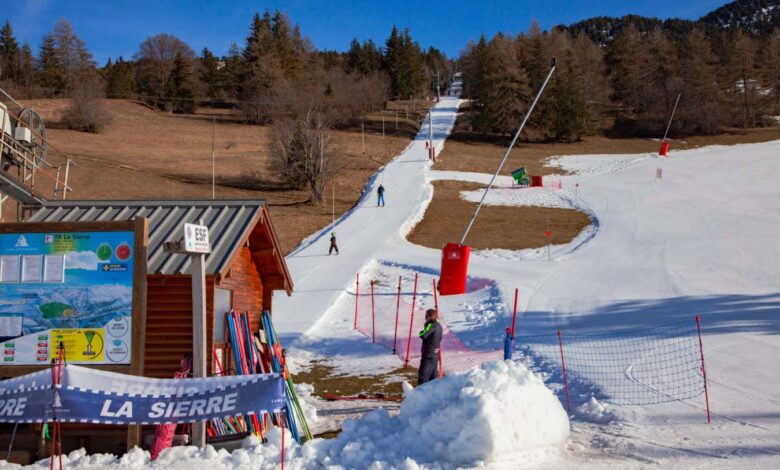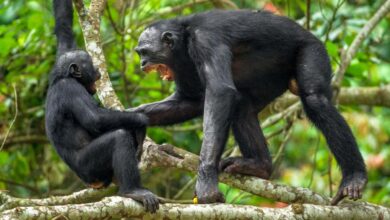
[ad_1]

Some ski resorts are increasingly being troubled by a lack of snow
Abaca Press / Alamy Stock Photo
Skiing in many parts of the world will face being wiped out as the grip of climate change tightens.
A study predicting future changes in snowfall in seven regions across the world has found that 13 per cent of ski areas are projected to completely lose natural, annual snow cover by 2100.
Meanwhile, 20 per cent of skiing areas worldwide will lose more than half of their snow cover days by the period 2071 to 2100, relative to historic baselines, according to the study.
Australia is predicted to fare the worst, losing over three-quarters of its snow cover days by the end of the century.
Veronika Mitterwallner at the University of Bayreuth in Germany, who led the study, says the results show what we are already beginning to observe.
“More and more ski resorts are closing due to lack of snow, and winter sport events, particularly in low altitudes, are taking place on a white band of snow surrounded by green landscape,” she says.
Mitterwallner and her colleagues modelled three greenhouse gas emissions scenarios – low, medium and high – for the rest of this century.
They found that annual snow cover days in the seven major mountain areas with downhill skiing will significantly decrease worldwide in all three scenarios.
Under the medium-emissions scenario, the study predicts that mean annual snow cover days will decline by 43 per cent in the Andes, 37 per cent in the Appalachians, 78 per cent in the Australian Alps, 42 per cent in the European Alps, 50 per cent in the Japanese Alps, 23 per cent in the Rocky Mountains and 51 per cent in New Zealand’s Southern Alps by the end of the century relative to historic times. The only major skiing nation that couldn’t be modelled because of insufficient data was China.
Mitterwallner and her colleagues warn that as ski fields are forced to retreat to higher and more remote areas, resort operators will apply greater pressure to move into threatened mountain ecosystems.
“High-altitude species are already under pressure due to the pace of human-made climate change,” says Mitterwallner. “In addition, alpine skiing relies on the construction of infrastructure, grooming of slopes and other forms of land degradation, which is certainly impacting alpine ecosystems.”
Janette Lindesay at the Australian National University in Canberra says the scenarios modelled for the paper are realistic. “We are already moving further into a situation where the environment is significantly warmer than it was, and, it will continue to get warmer,” says Lindesay.
“I would expect that the conditions suitable for snowfall will continue to reduce everywhere snowfall occurs.”
Topics:
Source link




